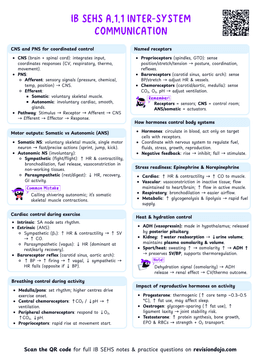Theoretical Approaches to Arousal in Sports
Drive Theory
Drive theory, developed by Hull and Spence, suggests that performance has a direct linear relationship with arousal. According to this theory, as arousal increases, so does performance.
The basic formula for Drive Theory is: Performance = Habit × Drive (Arousal)
Key points about Drive Theory:
- Higher arousal leads to dominant responses
- Well-learned skills benefit from increased arousal
- Newer skills may suffer under high arousal
Many people misinterpret Drive Theory by assuming it applies equally to all skills. In reality, it works better for simple, well-learned tasks rather than complex or new skills.
Inverted-U Theory
The Inverted-U Theory, proposed by Yerkes and Dodson, suggests that performance and arousal have a bell-shaped relationship.
Key characteristics:
- Optimal performance occurs at moderate levels of arousal
- Too little arousal results in poor performance
- Too much arousal leads to decreased performance
[Image: A graph showing an inverted U-shaped curve with "Performance" on Y-axis and "Arousal" on X-axis, with peak performance at moderate arousal levels]
Athletes can use this theory to identify their optimal arousal zone for peak performance.
Individual Zones of Optimal Functioning (IZOF)
IZOF, developed by Yuri Hanin, suggests that each athlete has their own unique optimal arousal zone.
Key aspects:


